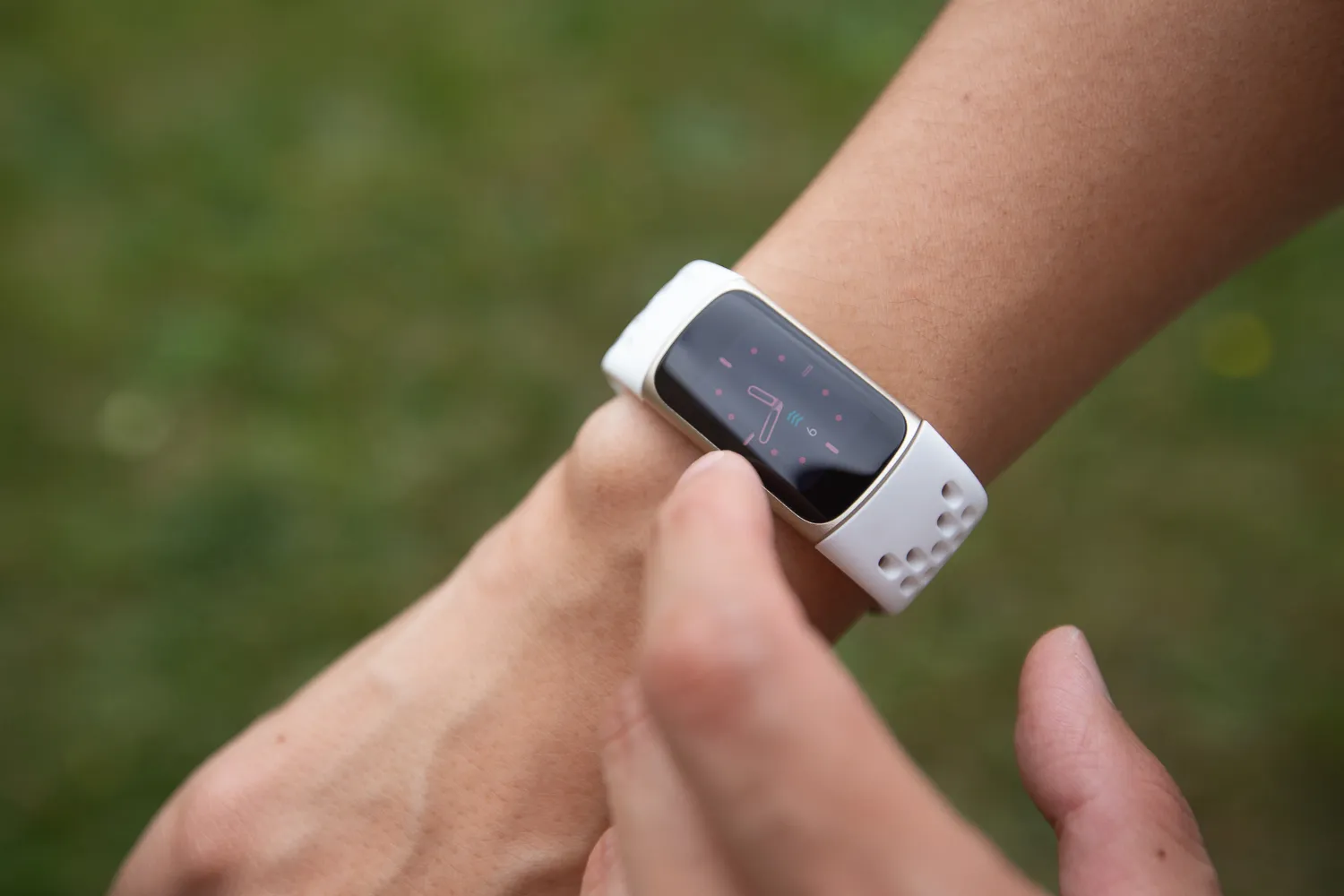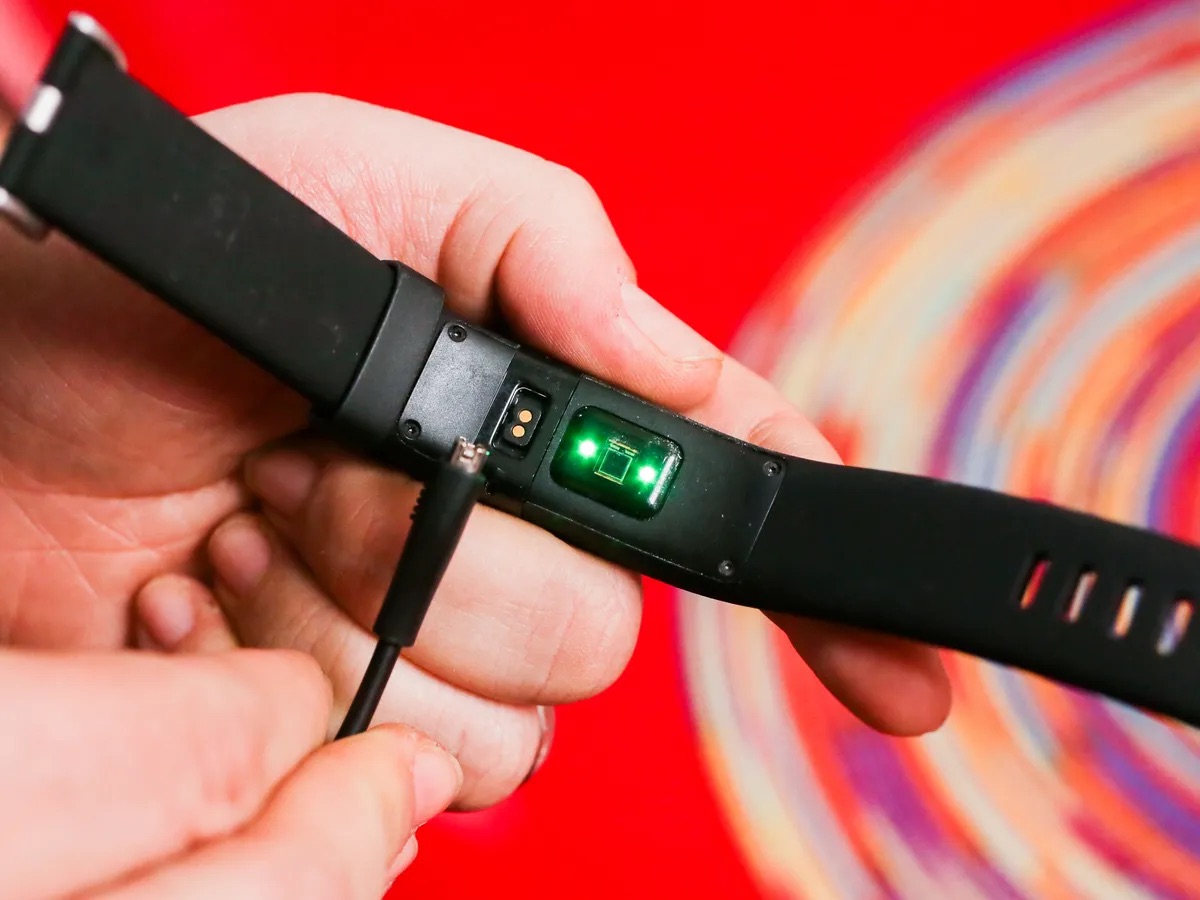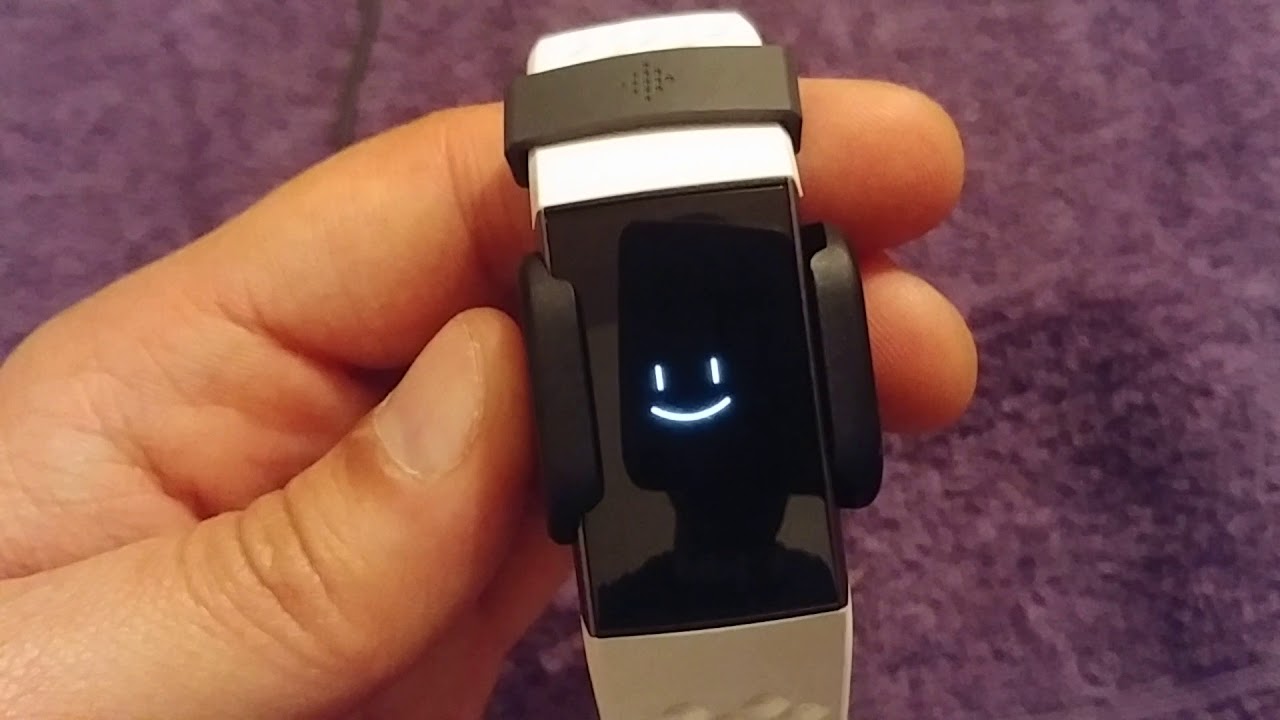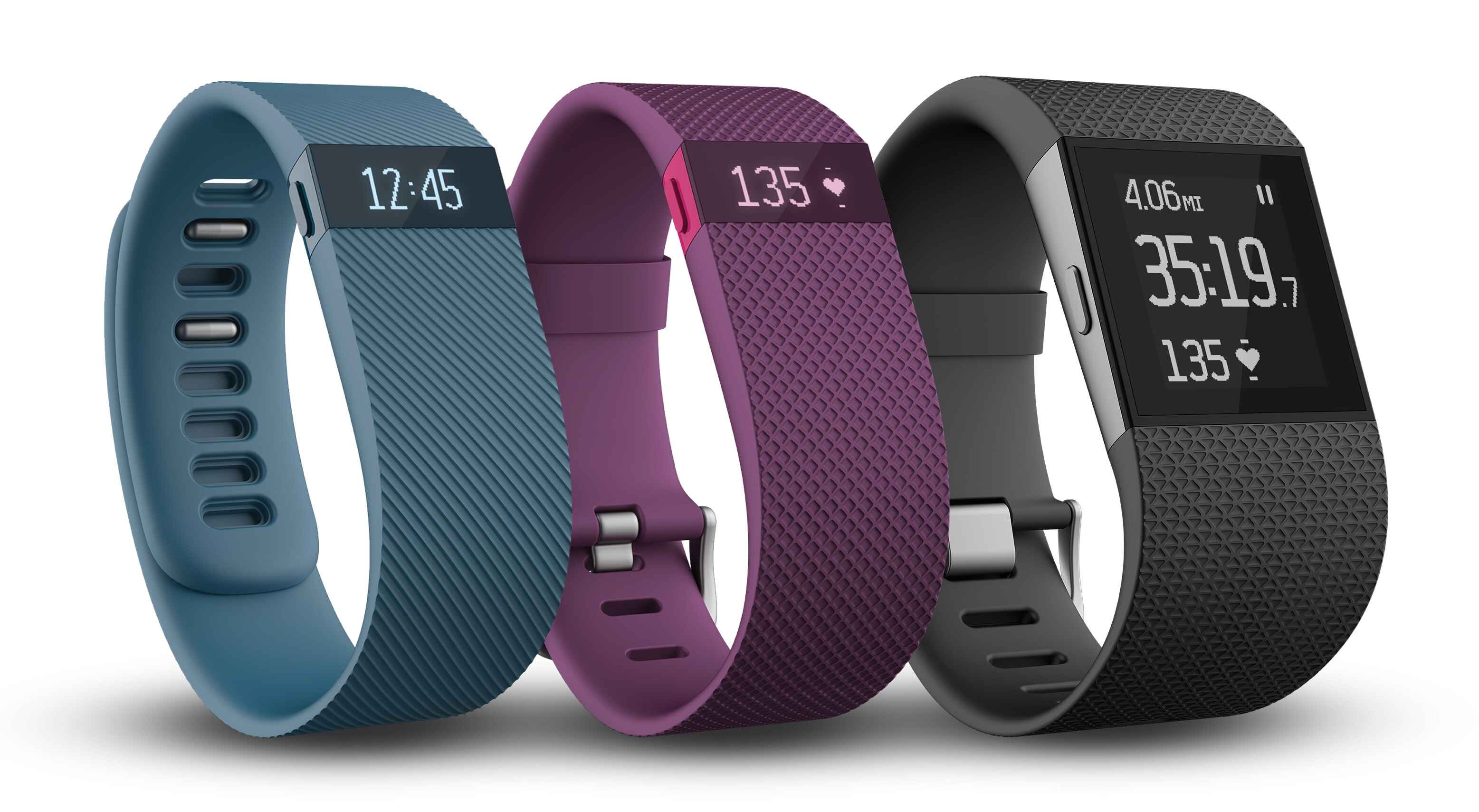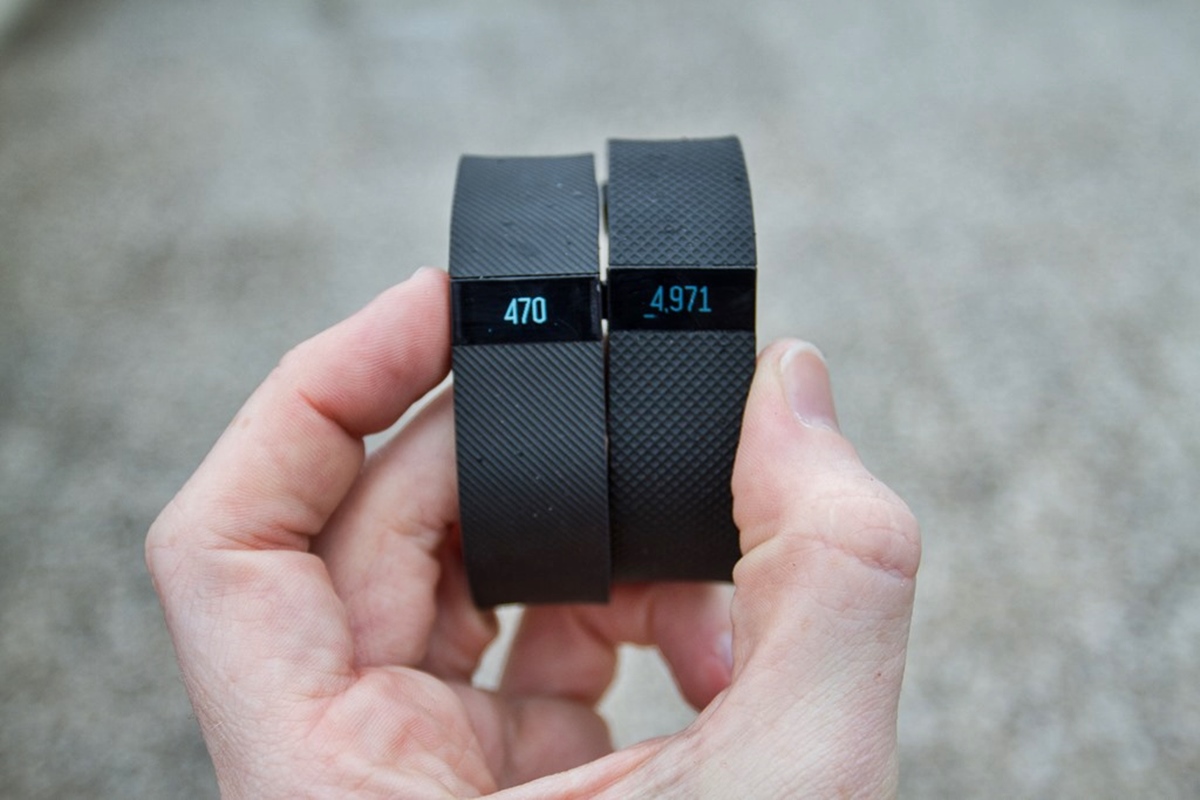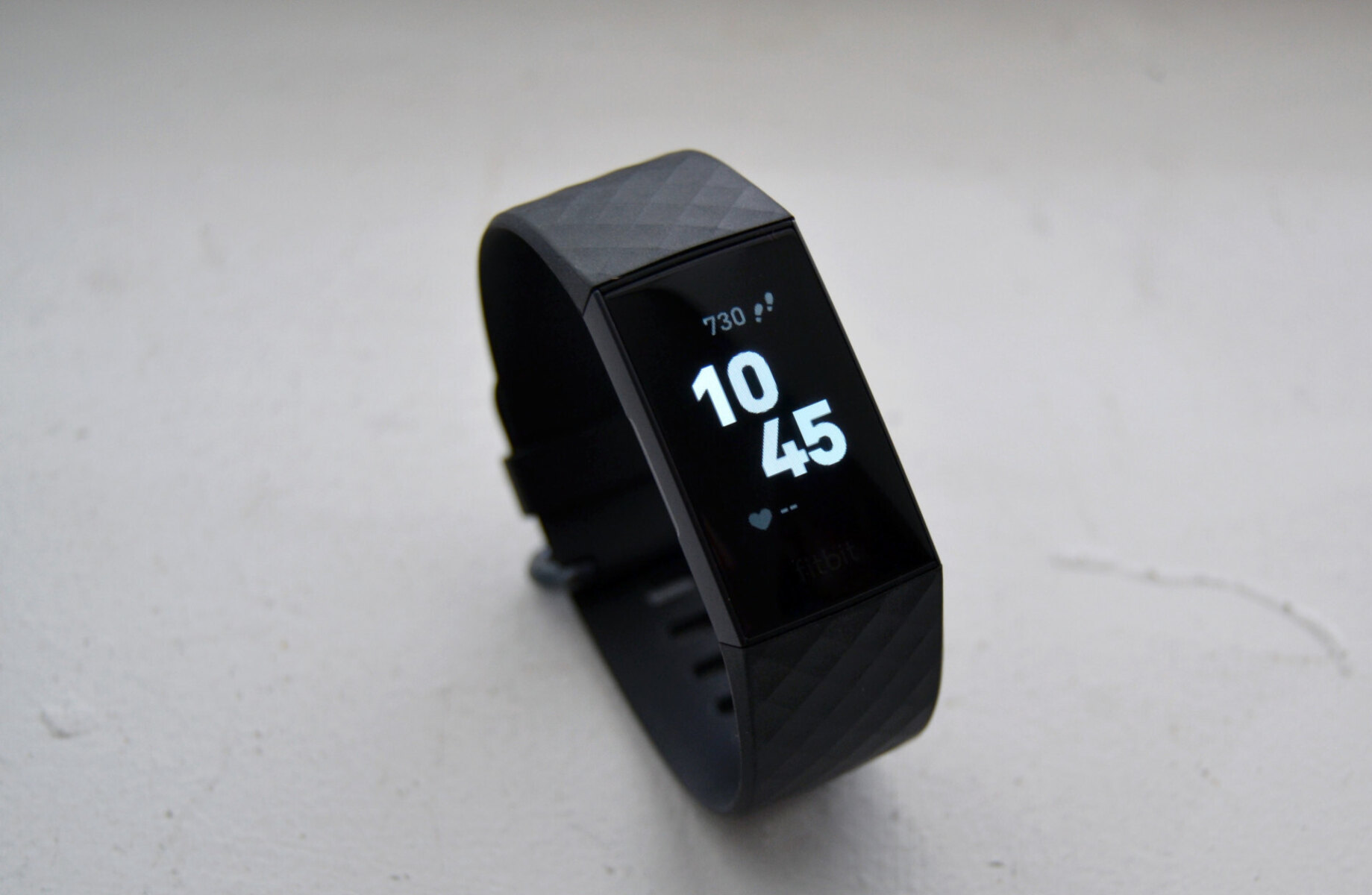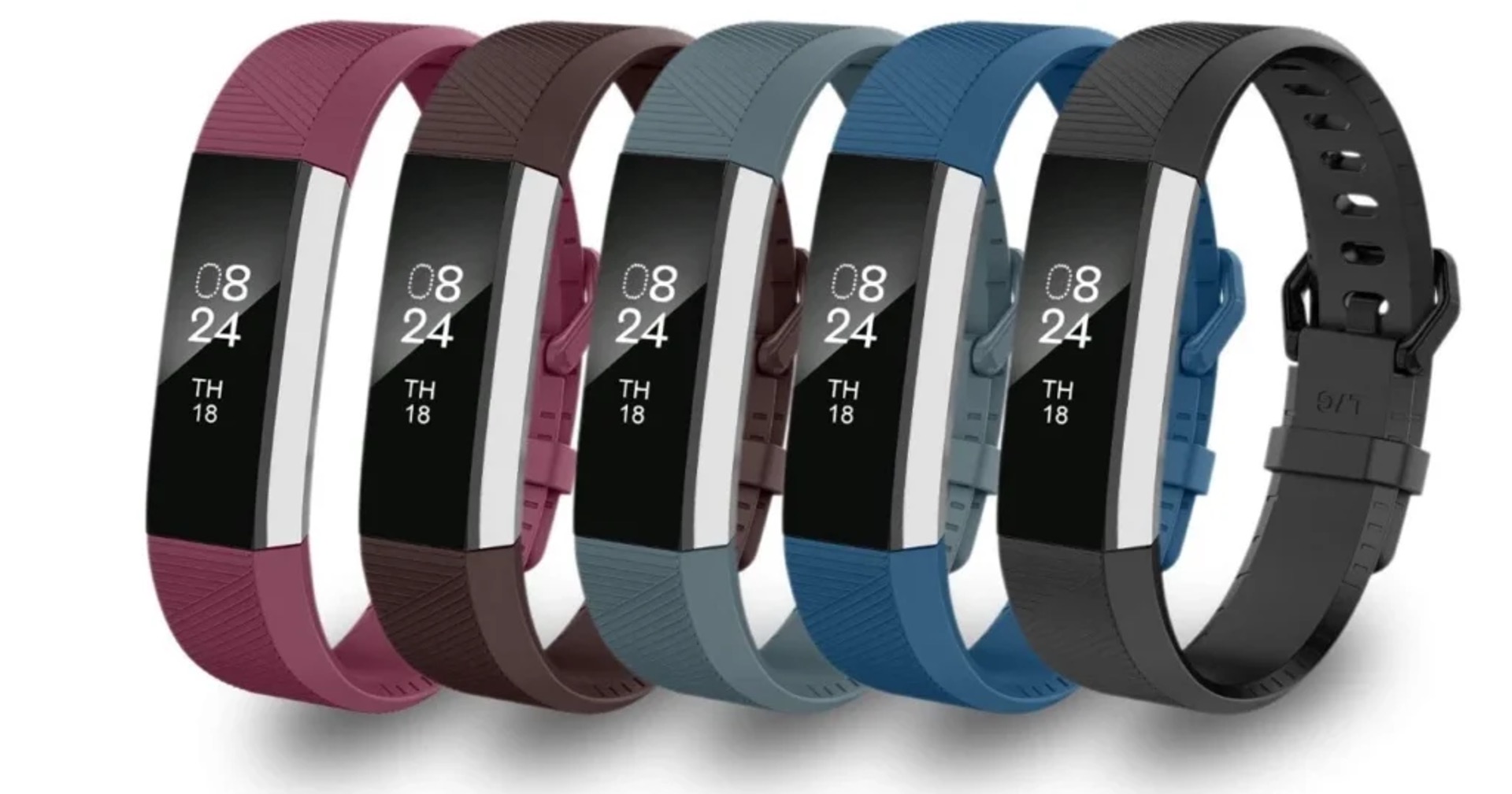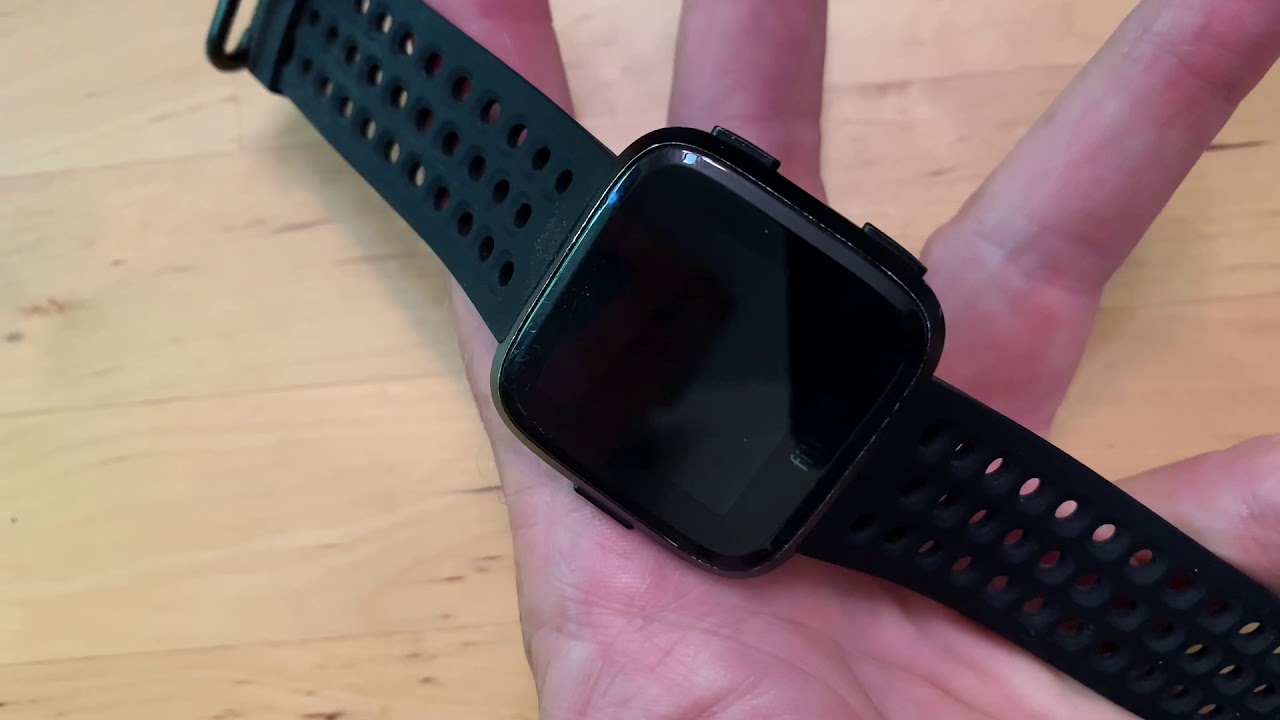Introduction
In today's fast-paced world, wearable devices have become indispensable tools for tracking our health and fitness goals. Among these, Fitbit has emerged as a frontrunner, offering a range of cutting-edge devices designed to monitor various aspects of our well-being. Whether you're an avid runner, a yoga enthusiast, or simply someone looking to stay active, a Fitbit device can provide valuable insights into your daily activities, sleep patterns, and overall fitness levels.
However, like all electronic devices, Fitbit wearables require regular charging to ensure they remain operational. Understanding how to effectively charge your Fitbit device is essential to maintaining its functionality and getting the most out of its features. Moreover, knowing how to troubleshoot common charging issues and extend battery life can significantly enhance the overall user experience.
In this comprehensive guide, we will delve into the nuances of charging your Fitbit device, offering valuable tips and insights to help you power up and make the most of your wearable technology. Whether you're a seasoned Fitbit user or new to the world of wearable fitness trackers, this guide will equip you with the knowledge and strategies to keep your device charged and ready for action. So, let's dive in and explore the world of Fitbit charging, empowering you to stay connected, motivated, and on top of your fitness game.
Understanding Fitbit Device Battery
The battery is the lifeblood of any electronic device, and Fitbit wearables are no exception. Understanding the intricacies of your Fitbit device's battery can significantly impact your overall user experience. Fitbit devices typically feature rechargeable lithium-ion batteries, renowned for their durability and longevity. These batteries are designed to provide extended usage between charges, ensuring that your device remains operational throughout your daily activities.
Fitbit devices are engineered to optimize battery performance, striking a balance between power consumption and functionality. By leveraging advanced power management techniques, Fitbit maximizes battery life without compromising on the diverse range of features offered by its devices. This enables users to seamlessly track their activities, monitor their health metrics, and receive notifications without constantly worrying about battery levels.
Moreover, Fitbit devices are equipped with intuitive battery indicators, allowing users to monitor their device's power levels at a glance. Whether it's a simple battery icon on the device's display or a dedicated battery section within the accompanying mobile app, Fitbit ensures that users remain informed about their device's battery status. This transparency empowers users to plan their charging routines effectively, preventing unexpected power depletion during crucial moments.
In addition to standard battery management features, Fitbit devices often incorporate power-saving modes to further extend battery life. These modes optimize various device functions, such as reducing screen brightness, disabling certain notifications, and limiting background processes, all aimed at conserving power without compromising essential functionalities.
Understanding the nuances of your Fitbit device's battery is crucial for maximizing its potential and ensuring uninterrupted usage. By familiarizing yourself with its battery technology, indicators, and power-saving capabilities, you can harness the full power of your Fitbit device, confident in its ability to support your active lifestyle.
Charging Your Fitbit Device
Charging your Fitbit device is a simple yet essential aspect of maintaining its functionality. Fitbit devices come with proprietary charging cables that are specifically designed to ensure a secure and efficient charging process. To begin, locate the charging port on your Fitbit device, which is usually situated on the underside or back of the device, depending on the model. Once you've identified the charging port, connect the corresponding end of the charging cable to the device, ensuring a snug fit to establish a reliable connection.
With the device securely connected to the charging cable, plug the other end of the cable into a power source. This can be a standard wall outlet, a USB port on your computer, or a portable power bank. As the device begins to charge, you may notice a visual indicator, such as a battery icon or LED light, confirming that the charging process has commenced. This visual cue provides reassurance that your Fitbit device is receiving the necessary power to replenish its battery.
It's important to allow your Fitbit device to charge undisturbed until it reaches full capacity. Depending on the model and the current battery level, the charging time may vary. However, Fitbit devices are engineered to optimize the charging process, ensuring swift and efficient replenishment of the battery. Once fully charged, disconnect the device from the charging cable, and you're ready to embark on your next fitness adventure with a fully powered Fitbit wearable.
To streamline the charging process and ensure seamless power management, Fitbit offers convenient charging accessories, such as charging docks and stands. These accessories not only provide a dedicated space to charge your device but also serve as stylish additions to your living space or workspace. By incorporating these accessories into your daily routine, you can effortlessly integrate charging your Fitbit device into your lifestyle, ensuring that it remains powered up and ready for action at all times.
By mastering the art of charging your Fitbit device, you can seamlessly integrate this essential task into your daily routine, ensuring that your device remains ready to support your active lifestyle. Whether it's tracking your workouts, monitoring your sleep patterns, or staying connected on the go, a fully charged Fitbit device empowers you to make the most of every moment, keeping you motivated and on track towards your fitness goals.
Tips for Extending Battery Life
Ensuring that your Fitbit device maintains optimal battery life is essential for uninterrupted usage and a seamless fitness tracking experience. Here are some valuable tips to help you extend the battery life of your Fitbit device:
-
Optimize Notifications: Customize your notification settings to receive only essential alerts on your Fitbit device. By minimizing unnecessary notifications, you can conserve battery power and prioritize important updates.
-
Manage Display Brightness: Adjust the display brightness of your Fitbit device to an optimal level that remains visible while minimizing power consumption. Lowering the brightness can significantly extend battery life, especially in scenarios where the device is frequently active.
-
Utilize Power-Saving Modes: Take advantage of power-saving modes available on your Fitbit device. These modes intelligently adjust various settings to conserve power without compromising essential functionalities, ensuring prolonged battery life during extended usage.
-
Regular Software Updates: Keep your Fitbit device's firmware up to date by installing regular software updates. These updates often include performance optimizations and battery management enhancements, contributing to improved overall battery life.
-
Mindful GPS Usage: If your Fitbit device features GPS functionality, use it mindfully. Activating GPS for extended periods can consume significant battery power. Consider using GPS selectively for specific activities to balance accurate tracking with battery preservation.
-
Proper Charging Practices: Adopt proper charging practices to maintain the longevity of your Fitbit device's battery. Avoid leaving the device in a depleted state for prolonged periods and ensure regular charging to keep the battery in good health.
-
Temperature Awareness: Be mindful of temperature extremes, as both excessively high and low temperatures can impact battery performance. Avoid exposing your Fitbit device to extreme heat or cold, as these conditions can diminish battery efficiency.
By implementing these practical tips, you can effectively extend the battery life of your Fitbit device, ensuring consistent performance and seamless integration into your active lifestyle. With a well-maintained battery, your Fitbit device will continue to support your fitness journey, keeping you motivated and informed every step of the way.
Troubleshooting Charging Issues
Experiencing challenges with charging your Fitbit device can be frustrating, especially when it hinders your ability to seamlessly integrate the device into your daily routine. However, understanding common charging issues and knowing how to troubleshoot them can help you overcome these obstacles and ensure that your Fitbit device remains powered up and ready for action.
-
Check the Charging Cable and Port: Begin by inspecting the charging cable for any signs of damage, such as frayed wires or bent connectors. Similarly, examine the charging port on your Fitbit device to ensure that it is free from debris or obstruction. A clean and undamaged charging cable, coupled with a clear and unobstructed charging port, is essential for establishing a reliable connection and initiating the charging process.
-
Verify the Power Source: If your Fitbit device does not seem to charge, verify the power source you are using. Ensure that the power outlet or USB port is functional by testing it with another device. Additionally, if you are using a USB port on a computer, ensure that the computer is powered on and not in sleep mode, as this can affect the charging process.
-
Restart Your Fitbit Device: Sometimes, a simple restart can resolve charging issues. Restart your Fitbit device by following the recommended restart procedure for your specific model. This can help reset any temporary glitches that may be affecting the charging functionality.
-
Try an Alternate Charging Method: If the standard charging method does not yield results, consider using an alternate charging method, such as a different power outlet, a USB port on another device, or a portable power bank. By testing different charging sources, you can identify whether the issue lies with the charging cable, the power source, or the Fitbit device itself.
-
Update Fitbit Firmware: Ensure that your Fitbit device is running the latest firmware version. Firmware updates often include bug fixes and performance enhancements that can address charging-related issues. By keeping your device up to date, you can leverage the latest optimizations and improvements to resolve charging challenges.
-
Contact Fitbit Support: If you have exhausted troubleshooting options and are still experiencing charging issues, consider reaching out to Fitbit support for further assistance. Fitbit's customer support team can provide personalized guidance and solutions tailored to your specific situation, ensuring that any underlying issues are addressed effectively.
By employing these troubleshooting techniques, you can navigate and resolve charging issues with your Fitbit device, ensuring that it remains an integral part of your active lifestyle. With a reliable charging process in place, you can focus on maximizing the potential of your Fitbit device, seamlessly integrating it into your fitness journey and staying connected with your health and wellness goals.
Conclusion
In conclusion, mastering the art of charging and maintaining your Fitbit device is pivotal to maximizing its potential and seamlessly integrating it into your active lifestyle. By understanding the intricacies of your Fitbit device's battery, you gain valuable insights into its power management capabilities, empowering you to make informed decisions about charging and usage.
The process of charging your Fitbit device is straightforward, yet essential. By following simple steps to connect it to the charging cable and ensuring a reliable power source, you can keep your device powered up and ready for action. Additionally, leveraging accessories such as charging docks and stands can streamline the charging process, seamlessly integrating it into your daily routine.
Extending the battery life of your Fitbit device is equally important, and implementing practical tips such as optimizing notifications, managing display brightness, and utilizing power-saving modes can significantly enhance battery performance. By adopting these strategies, you can ensure consistent usage and prolonged battery life, enabling your Fitbit device to support your fitness journey effectively.
Furthermore, understanding common charging issues and troubleshooting them empowers you to overcome obstacles and maintain a reliable charging process. By conducting simple checks, verifying power sources, and exploring alternate charging methods, you can address charging challenges and ensure that your Fitbit device remains an integral part of your daily routine.
Ultimately, a well-maintained and charged Fitbit device serves as a valuable companion on your fitness journey, providing insightful data, motivation, and support every step of the way. Whether you're striving to achieve fitness milestones, monitor your sleep patterns, or stay connected on the go, a fully charged Fitbit device equips you with the tools to make the most of every moment.
As you embark on your fitness endeavors, remember that a well-charged Fitbit device is more than just a wearable technology – it's a reliable partner, empowering you to stay connected, motivated, and on track towards your health and wellness goals. Embrace the power of a fully charged Fitbit device, and let it fuel your active lifestyle with seamless functionality and unwavering support.







